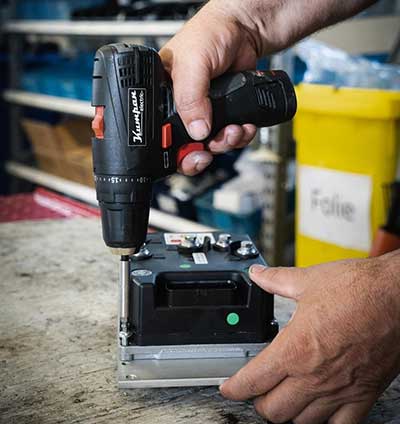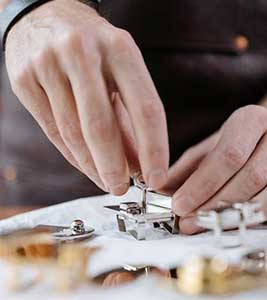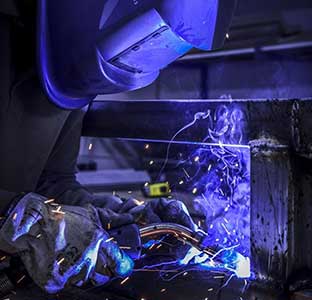 Manufacturing and Assembly are both terms used when talking about production. Some people may use them interchangeably but there are some notable differences.
Manufacturing and Assembly are both terms used when talking about production. Some people may use them interchangeably but there are some notable differences.
Manufacturing is an umbrella term describing the process it takes to take a part from raw stock material to its completed form. There could be a wide range of processes in between, including cutting the material, machining the part, polishing the part, plating and anodizing the part, and of course, assembling it if needed.
When sourcing from overseas, assembly can be a part of the manufacturing process. Sometimes a single factory can handle the manufacturing and assembling of a part or product. Other times, and this is especially true with parts that have components made of several different materials, the parts can end up coming from several different factories and will have to be assembled once all the parts are complete.
What is Assembly?
Assembly is the putting together of different components to make a complete product. Most people when they hear assembly probably think of Henry Ford’s assembly lines were he used rows of people each putting together parts to make his Model T. Assembly can be a crucial process for many different parts and products.
4 Different Types of Assembly
Partial Assembly

This is an option for companies that want to keep a portion of their production in-house. It is what it sounds like. Parts of a product get put together but it is not shipped completely finished. Instead, different components would be sent piece by piece.
As far as putting your components together, there are a few options to choose between.
Rivet Assembly
Rivet assembly involves a permanent type of assembly that involves using rivets, which are a bolt like fastener. The base of the rivet opens up to 1 ½ times its size, securing its position. This is a less expensive and quicker way to secure parts together than through welding.
Weld Assembly

Assembly by welding fuses to pieces of material together, usually by heating the materials and melding them. Welding has many applications in fields such as robotics, construction, industrial, commercial, automobiles and more.
Mechanical Assembly
Mechanical assembly uses different types of hardware to put parts together. These can include nuts, bolts, screws, and other similar hardware. This is typically ideal for parts that will need components replaced in the future.
Mechanical assembly utilizes different types of hardware to assemble parts together. This can include nuts, bolts, screws, and similar materials. Mechanical assembly is ideal for pieces that may need replacement parts in the future, require adjustments or any sort of work that is not permanent, like a housing for a lightbulb.
Getting Manufacturing & Assembly Services
While there are a wide variety of assembly options, it’s easier and simpler to get all your services done with one company. At Global Trade Specialists, we would handle arranging assembly for your parts. If it takes just a couple factories or several to put your product together, we have the contacts that can handle it, and will arrange it for you to save you time, energy, and money. To see if we can help you, contact us here.
